How to Identify and Control Sugar Ants
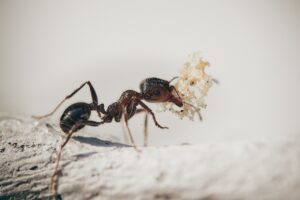
I am sure if not all of us some of us have faced or have dealt with sugar ants at some point, these ants were a common pest in my home as a child, unlike other ant species the nature of sugar ants is not to sting but if they’re disturbed or feels threatened may defend themselves by using their mouthparts to bite which is not painful but may cause a slight irritation. If you discover a few forgers quick action should be taken before an infestation occurs. As the name says these tiny pests seek entry points into homes in search of foods and drinks that contain sugar. To safeguard your home against these invaders here is what to do
Sugar Ants Identification
Sugar ants range in size from 2 to 15 mm. The winged male sugar ant is completely black; however, the female worker sugar ant possesses an orange-colored body.
Signs that You Have Sugar Ants
Here are signs to look for if you suspect you have sugar ants.
- See them: You may see them actively moving about in your kitchen or where foods are consumed. Sugar ants are most active at night.
- Nesting Sites: On inspection look for a small amount of dirt or mounds in areas that are sheltered which can be an indication of the entrance to their nest.
- Ant Trails: Another indication that you have sugar ants is seeing them in a trail or on a line that leads to food and sweet drink spills.
- Packages that are Damaged: Damage packages that contain sweets have tears and holes can also be a sign that the culprits are sugar ants.
None Pesticides Control
Seal Entry Points
Your first step in the control of sugar ants is to seal all entry points.
- Look for any cracks or crevices in your home’s foundation and seal with caulk or some other type of sealant base product.
- Check around doors and windows, if window screens are damaged repair them, and if there are small openings around doors and windows repair them also.
- Look for gaps around windowsill and baseboards and seal with caulk.
- A common entry point for insects to get indoors is under doorways, installing a door sweep if you don’t have any is a must.
- Plumbing and other pipes coming from outside into your home may have small gaps that ants can use as an entry point. Seal these gaps with caulk or other sealant.
The key is to inspect your home thoroughly both out and indoors and seal entry points if discovered.
Remove All Food Sources
- After food preparation and consumption sweep and vacuum areas to remove food particles.
- If there is a spill of soda, juice, or other sweet drinks wipe the surface with a clean cloth that was dipped in water with soap liquid
- Keep the lid on indoor trash containers at all times.
- All open packages that contain sweet ingredients should be properly sealed and kept in air-tight containers.
Other None Pesticide Control Methods
- Boiling Water: Outdoor locate areas that have high ant activity, garden areas, near pavement cracks, your home’s foundation, etc… Carefully pour the boiling water directly into the ant’s nest to eliminate them.
- Dish Soap Liquid: A solution of water and dish liquid soap makes a good solution to kill sugar ants, mix this solution thoroughly and pour it into the nest. The soapy water will clog their organs through which ants’ breath killing them.
- Vinegar and Water Solution: Mix equal parts of white vinegar and water in a 32 oz. spray bottle, shake the solution well, and apply around countertops and windowsill. This natural repellent acts as a barrier, repeat this treatment regularly.
- Diatomaceous Earth: Use the Food-grade diatomaceous earth. Lightly sprinkle near entry points and ant trails. Once ants come in contact with diatomaceous earth will dehydrate them killing them. Reapply as needed.
- Using Lemon and Water Juice: This solution acts as a natural insect repellent, mix one part lemon juice with three parts water in a 32 oz. spray bottle. Shake this solution thoroughly, and apply this solution around door thresholds, windowsills, and ant trails.
- Peppermint Oil: Place a few drops of peppermint essential oil in a 32 oz. spray bottle, add water to your spray bottle, and shake well. Spray this solution in areas where ant activity is spotted. Apply regularly as needed.
- Powdered Sugar and Baking Soda: Mix one part powdered sugar with one part baking soda, add this mixture to small containers and place near the ants trail. Ants will be attracted to the sugar and take this mixture back wiping out the entire colony.
- Making use of Citrus Peel: Cut up citrus peel and let sit or simmer in a container of water for 15-20 minutes, once the solution cools strain and place in a 32 oz spray bottle. Apply this solution in areas of your home where ants are seen or where you have seen ants.
- Coffee Grounds: Coffee grounds will repel ants, sprinkle a thin layer in garden beds where there is ant activity, coffee grounds can also be poured on the ground along the perimeter of your home and entry points. After rainfall coffee grounds must be applied to maintain its effectiveness.
- Boric Acid and Sugar: This mixture will help to control ants but a word of caution here keep this mixture out of the reach of children and pets, however, if children and pets are in the home it is better not to use this mixture. But if your home is children and pet free then here is how this works. Mix 1 1/2 tablespoons of Borax and 1/2 cup sugar with warm water to create a paste. Now place this paste on pieces of cardboard and place where ant activity is high or where there is a colony.
- Bay Leaves: Ants hate the scent of bay leaves, place the leaves in areas where ants are spotted. This will keep them away.
- Peppermint Treatment: Peppermint has a pleasant aroma but ants hate the scent, mix about 10-15 drops of peppermint essential oil with 2 cups of water. Place this mixture in a 32 oz. spray bottle and apply the mixture where ants were spotted.
Baits and Insecticides
Baits and insecticides are another alternative that can bring about sugar ants control.
- Insecticides sold at your local supermarket or hardware store go under different trade names or brands and can be purchased, these insecticides do not have a long-lasting residual effect but are contact sprays providing a quick knockdown on contact and must be reapplied to manage sugar ants.
-
TERRO T300B Liquid Ant Killer bait stations are effective in the control of ants, this bait attracts and kills several types of ant species including sugar ants.
Conclusion
Sugar ants can become a real problem if there is an infestation, ants tracking through your food can bring with them bacteria that can lead to the spread of diseases causing illness. This guide will help you to bring control as you stamp sugar ants population out. Try one or more of these methods and see how it works for you as you create an ant-free zone.

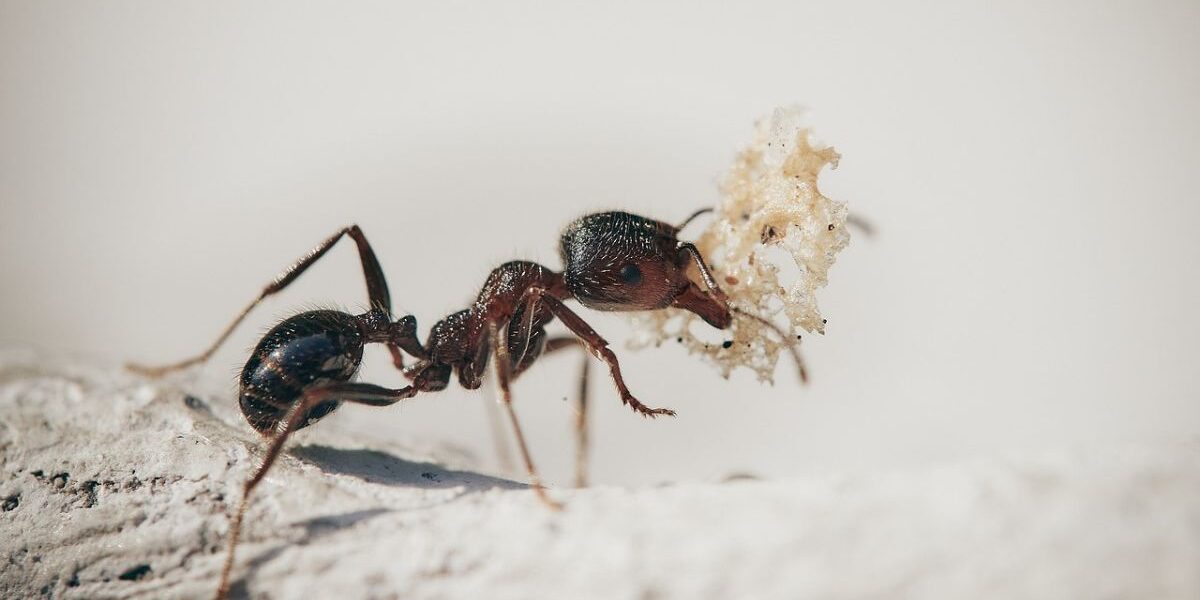

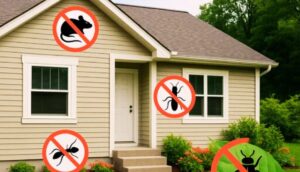

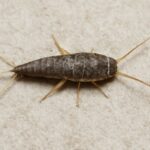
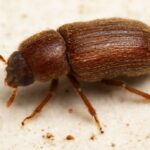
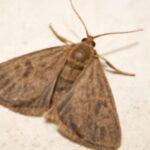
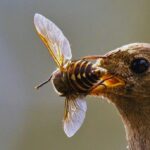
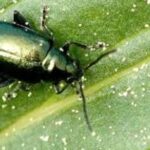
Thank you for another great and informative post. Yes! I have encountered these pests in almost every state I’ve lived in. Your information here would of been of great help at times. It’s of great help now also. The importance of how to use pesticides safely cannot be overemphasized. Also, I like how you posted your ads on the right-side bar. Thank you for an interesting and informative post. Best of luck!
l am happy to help
Hello,
Thank you for the information on sugar ants. Every spring and summer, I find mounds of them around my home. I have kept them from coming into my house with the vinegar method you mentioned in this article. I like that you have listed a plethora of other ways to combat infestation. I will make use of them, especially the peppermint treatment. It will smell much better to me than vinegar.
You are welcome, depending on the situation going natural is sometimes the best.
Hello Norman!
Great article! My mother has been dealing with sugar ants in her kitchen recently, and it’s been such a hassle for her. I love how you’ve provided both natural and chemical solutions, giving readers options depending on their preferences.
I’m curious, though—do you think regular cleaning is enough to keep sugar ants at bay, or do you recommend taking preventative measures, like sealing cracks and gaps, even before they start showing up? Also, have you tried any homemade traps that you’d recommend? It’d be interesting to hear about what works best for long-term prevention!
Thanks for all the tips!
Angela M 🙂
Sanitation and exclusion gho hand in hand or work together to keep ants, rodents, and other past away.
Dish Soap Liquid: A solution of water and dish liquid soap makes a good solution to kill sugar ants, mix this solution thoroughly and pour it into the nest. The soapy water will clog their organs through ants’ breath which will kill them.
I hope this helps.
Great Post and I love your Blog! Well written article. I have had ants crawl into my kitchen a few years ago. They came from the outside from a crack I presumed. I spayed some pesticides in the area which made me a little nervous because it was the kitchen. Good to know based on your article that there are safer options to get rid of them. Thanks!
There is always a safer approach, so consider your options first before taking action. Safety is Always First.